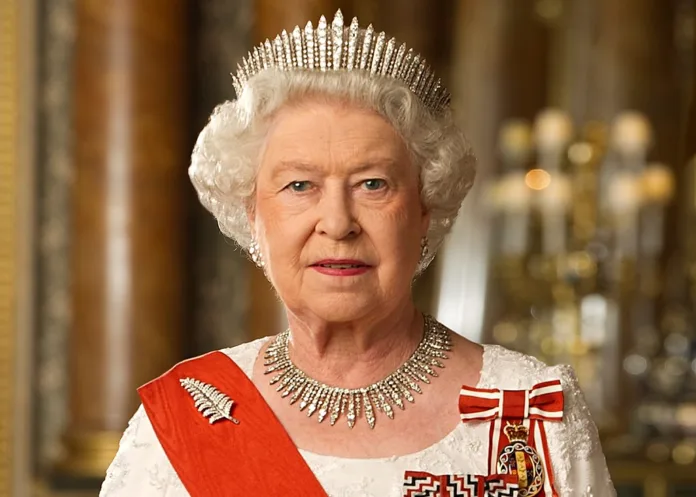The Queen’s cherished Royal Yacht, a symbol of relaxation and prestige, continues to captivate as a floating museum
Queen Elizabeth II’s deep affection for the Royal Yacht Britannia is well-documented, with the vessel often seen as her floating sanctuary away from the public eye. The Royal Yacht Britannia, launched in 1953, shortly before Elizabeth’s coronation, served as a venue for both official tours and private retreats for the royal family.
Over its 44 years of service, Britannia hosted numerous high-profile guests, including world leaders like Winston Churchill and Nelson Mandela. Despite its construction cost of £2 million in 1953—equivalent to around £50 million today—the yacht was beloved for its elegance and utility.
Embed from Getty ImagesThe Queen’s emotional farewell to Britannia in 1997 was a rare public display of her personal sentiment. She publicly wept at its decommissioning, expressing how the yacht was one of the few places where she could truly relax. The vessel had sailed more than one million nautical miles and facilitated 968 state visits during its service.
Initially intended to aid King George VI, Elizabeth’s father, in his health through travel, Britannia was completed and launched just months before Elizabeth’s coronation. The Queen used a bottle of wine instead of champagne for the launch, reflecting her desire to avoid perceived frivolity.
The yacht was also notable for hosting Charles and Diana’s honeymoon in 1981 and served as a venue for annual trips to Scotland’s west coast. The Queen’s favourite room was the Sun Lounge, where she enjoyed breakfast and afternoon tea in serene surroundings.
After its decommissioning, Britannia became a floating museum, preserving its royal legacy. Visitors can now explore the yacht as it was during its active years, with clocks set permanently to 3:01 pm, the exact moment the Queen departed for the last time. The yacht’s transformation into a museum ensures that the Queen’s cherished retreat continues to be a testament to her personal and royal history.
Analysis:
Political:
The Royal Yacht Britannia’s story reflects the intersection of monarchy and politics, highlighting how public resources are allocated and the implications of such decisions. The decision to decommission the yacht due to its high costs and the reluctance of the Labour government to fund its replacement underscores the financial and political considerations in maintaining royal assets.
Social:
Britannia represents a significant social symbol, embodying both the opulence and the personal side of the British monarchy. The Queen’s emotional connection to the yacht illustrates how public figures find personal solace amidst their public roles. The yacht’s transformation into a museum allows the public to connect with royal history on a more intimate level.
Racial:
The diverse range of guests hosted on Britannia, including leaders from various backgrounds, underscores the yacht’s role as a diplomatic tool and a symbol of British influence on the global stage. It reflects the multicultural interactions facilitated by the British monarchy.
Gender:
The narrative of Queen Elizabeth’s attachment to Britannia also touches on gender dynamics within the monarchy. The Queen’s personal preferences and the emotional aspect of her farewell challenge traditional notions of stoicism and highlight the human side of female royalty.
Economical:
The high operational costs of maintaining Britannia and its eventual decommissioning due to financial constraints illustrate the economic challenges faced by the monarchy. The yacht’s transition to a museum represents a cost-effective way to preserve its legacy while managing financial realities.
